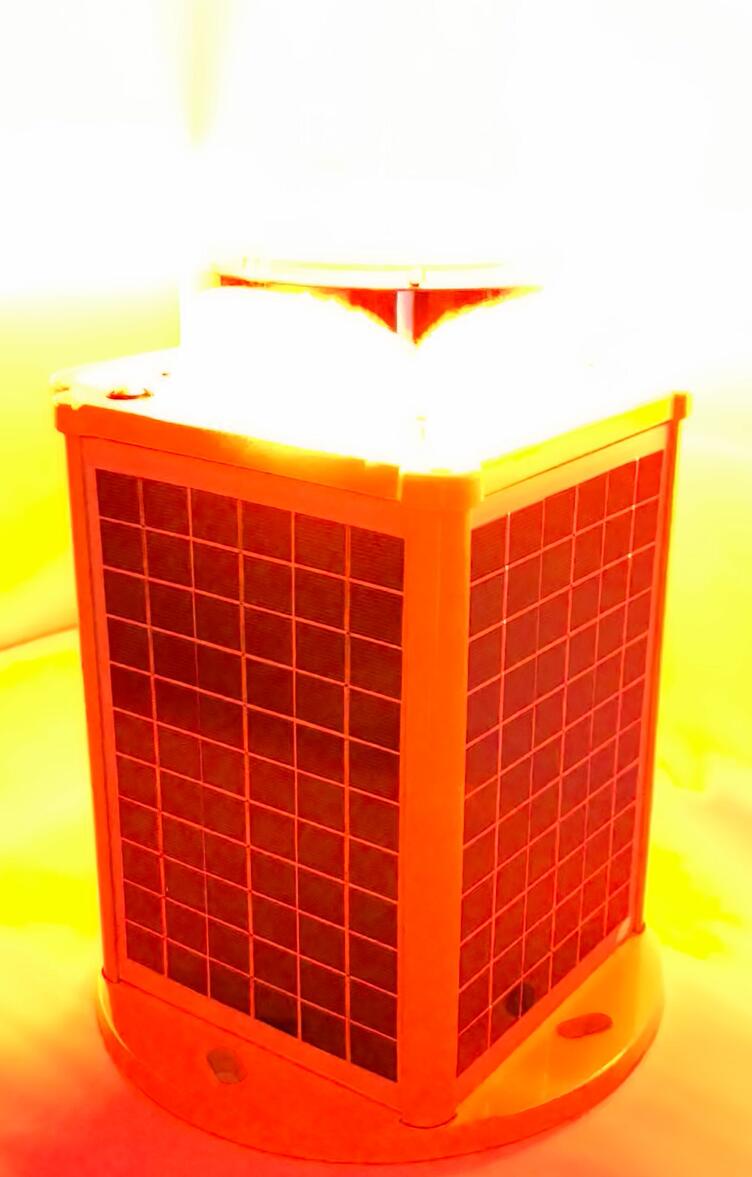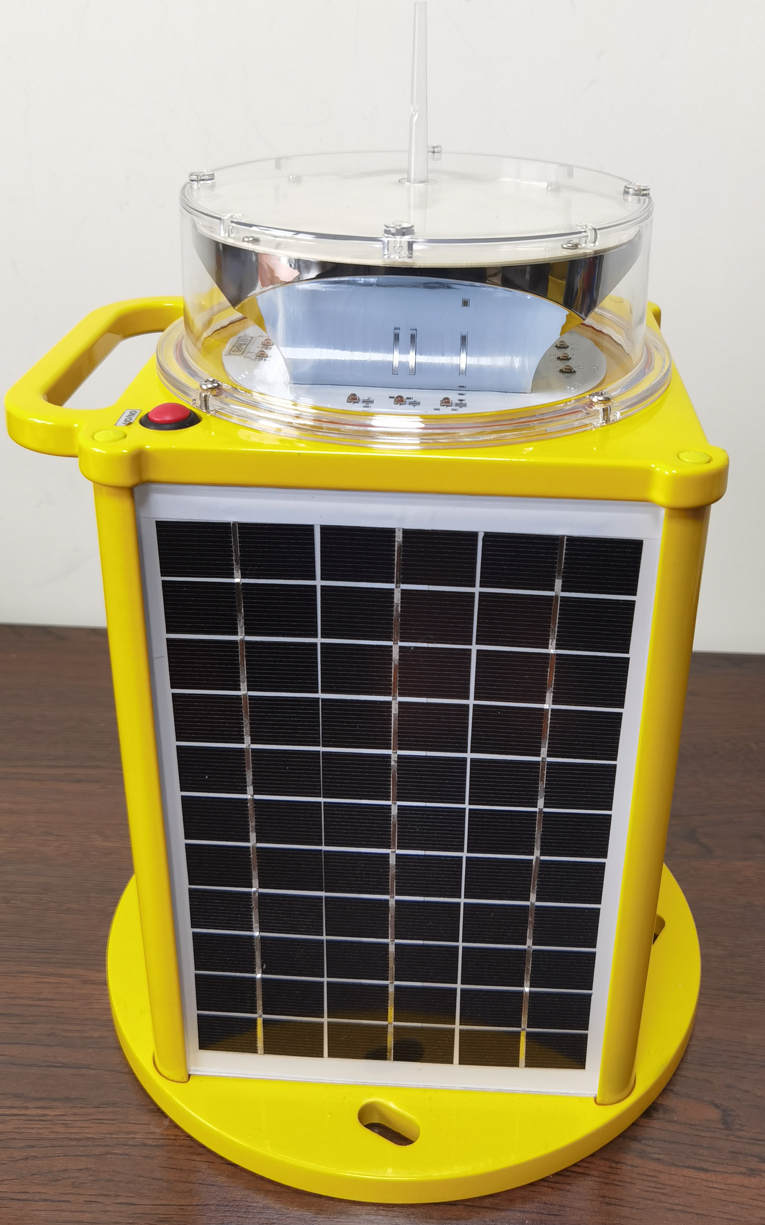Solar obstruction lights have become an indispensable component in numerous settings, providing essential safety and visibility enhancements.
The concept of a solar obstruction light is simple yet highly effective. It refers to a lighting device that is powered by solar energy and is designed to mark and illuminate potential obstructions. These lights are crucial in preventing accidents and ensuring the smooth flow of various activities.

In the aerospace domain, solar obstruction lights play a vital role. Tall structures such as antennas, transmission towers, and wind turbines located near airports or flight paths need to be clearly marked. The bright and distinct illumination provided by these lights helps pilots identify and avoid potential hazards during flight, especially during adverse weather conditions or at night.
| red obstruction light | li |
| mi | hi |
The maritime sector also greatly benefits from solar obstruction lights. Lighthouses, offshore oil rigs, and other marine structures often install these lights to warn ships and vessels of their presence. This helps prevent collisions and ensures safe navigation in the vast and often unpredictable ocean environment.

One of the significant advantages of solar obstruction lights is their energy efficiency. Harnessing the power of the sun, these lights do not rely on traditional power sources, reducing the carbon footprint and operational costs. The solar panels absorb sunlight during the day and convert it into electrical energy, which is stored in batteries for use during the night or in low-light conditions.
For instance, a solar obstruction light installed on a remote island lighthouse can operate seamlessly without the need for expensive and complicated power supply lines. This not only makes them highly practical but also contributes to the conservation of resources.
The design and functionality of solar obstruction lights are constantly evolving. They are engineered to withstand harsh environmental conditions, including strong winds, saltwater corrosion, and extreme temperatures. Some models are equipped with advanced sensors and control systems that adjust the light intensity and flashing patterns based on the surrounding visibility and weather conditions.
In addition to their application in aviation and maritime, solar obstruction lights are also utilized in the construction industry. Cranes, tall scaffolding, and unfinished buildings can pose risks to workers and the public. Installing these lights helps make these structures more visible and reduces the likelihood of accidents.
Solar obstruction lights are also employed in telecommunications. Towers and masts carrying communication equipment need to be marked to prevent interference with air traffic and to alert nearby residents of their presence.
Solar obstruction lights have emerged as a crucial safety feature in multiple industries. Their ability to provide reliable illumination, use sustainable energy sources, and withstand challenging conditions makes them an invaluable asset. As technology continues to progress, we can expect these lights to become even more advanced, further enhancing safety and visibility in our increasingly complex world.